
Audio
R.C. Hagan explains how taxidermists preserve deer heads.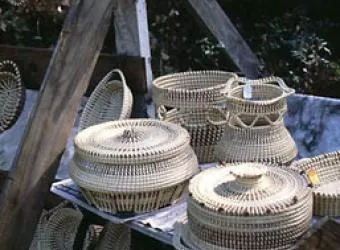
Basketmaking in South Carolina reflects the blending of Native American, European and African traditions to create two predominate types of baskets - the coiled baskets of the Lowcountry and woven baskets of the Piedmont and Blue Ridge. Native Americans used river cane to plait baskets, mats and fish traps. Europeans maintained Old World techniques and forms, adapting them to new materials like white oak to weave their harvest baskets and clothes hampers. On the coast, enslaved Africans brought their knowledge of rice production and introduced coiled basketry using local sweetgrass, bulrush, palmetto, and pine needles. Today, traditional basketmakers have adapted their forms to a changing market and most baskets are made for decorative use.
Content is provided by McKissick Museum, University of South Carolina.
For further information about any of the artists featured on Digital Traditions, send your questions and comments to hallagan@mailbox.sc.edu.

Audio
R.C. Hagan explains how taxidermists preserve deer heads.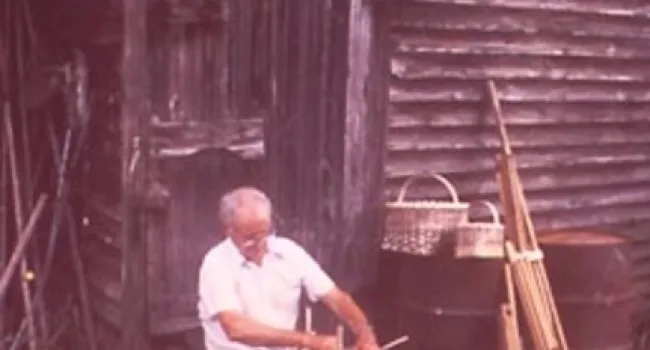
Audio
Billy Hammond and his wife Mary offer some biographical information.
Document
The document includes transcripts for Barbara McCormick's audio.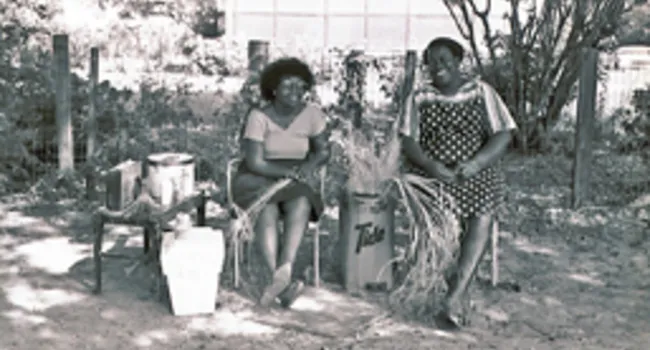
Audio
Henrietta Snype talks about her dependence on her basketmaking tool.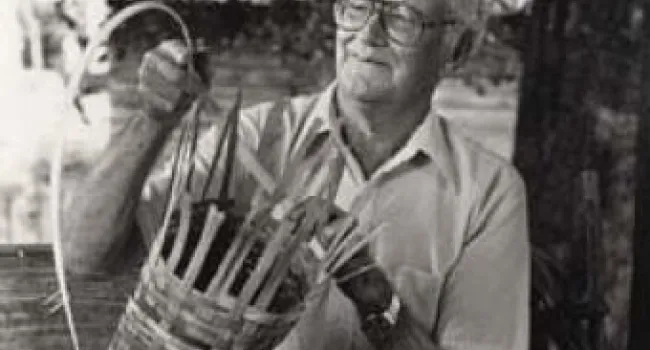
Document
The document includes transcripts for Billy Hammond's audio.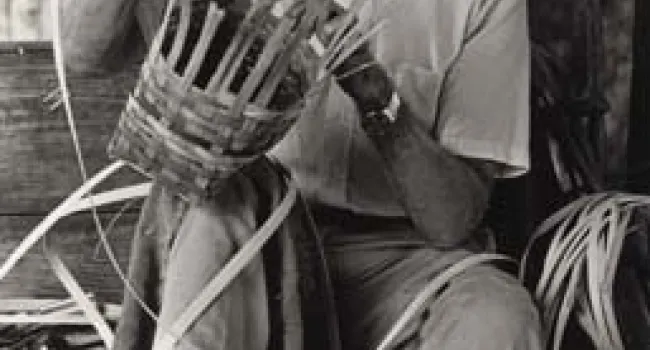
Photo
Grover "Billy" Hammond, a native of Clarks Hill in McCormick County, exemplified the important craft of split-oak basketmaking in South Carolina. The thin strips – or splits – that can be riven from...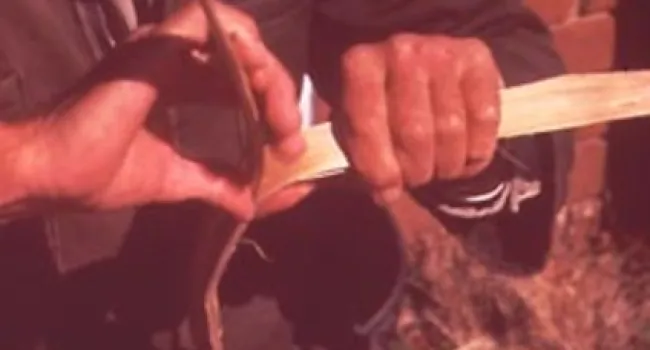
Audio
Hammond recalls how he began making smaller baskets after retiring
Audio
Louise White talks about the "Bone," the tool used to make baskets.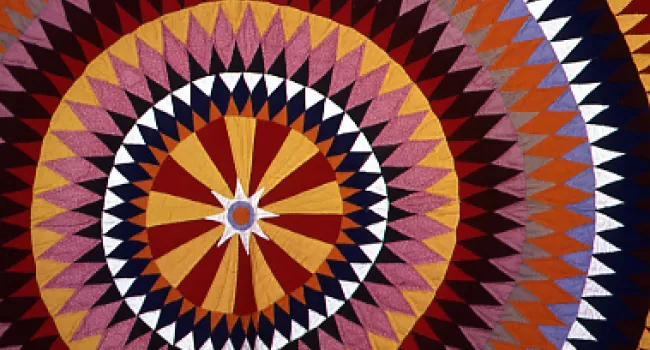
Document
Ahrens, Pat All Male Chorus of Blacksburg Arnold, Mac Ayers, Sara Basket, Nancy Baylor, Amos Bellow, Roger Bennett, Mary Jane Benson, JD Blackwell, Richard Boggs, Horatio Manning Bollack, James Booker...